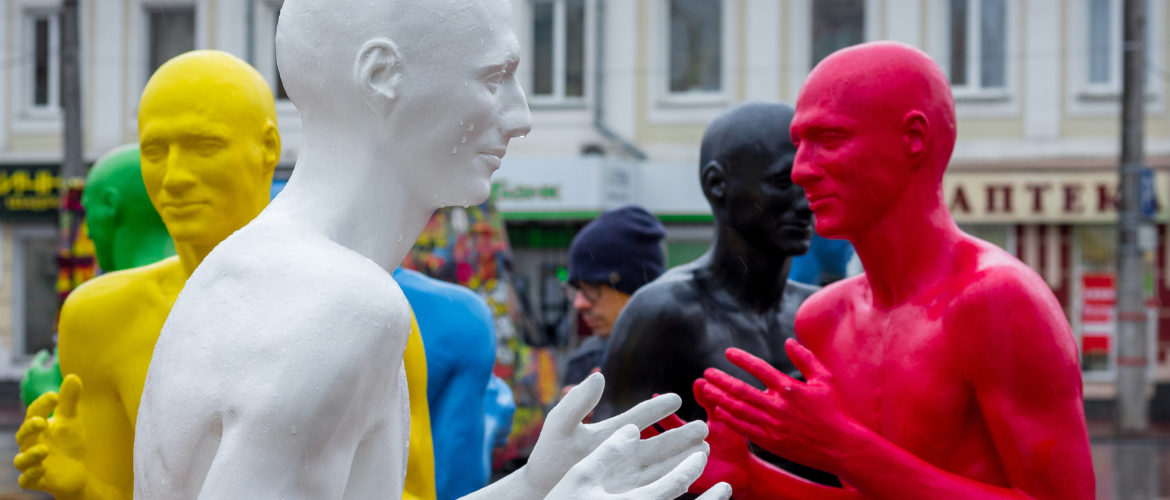The Only Right Way to Understand Art

People have been struggling to understand the meaning of aesthetics and high art, especially when it is abstract or Avangard artists, for centuries. Ironically enough, the question, “What is the meaning of art?” has the same vibes and relevance as the cliched question about the meaning of life. If you find yourself at a crossroads every time you try to attach the meaning to what you see, there is one technique that you might greatly benefit from. The secret is that the only right way to understand art is not trying to understand it in the first place.
To Understand Art or Not to Understand It?
The decision not to plunge into the depths of meaning of art is of a preventive rather than assertive nature. Discovering paintings, researching the history behind them, and comparing different opinions on them is a fun and rewarding experience. However, it can be easily ruined if you try to get it. The process of “getting it” is when people try to look at it with an artist’s eyes to get the whole point of a piece. Why is it harmful? All eyes are different, and it is just impossible to perceive canvas or sculpture as it was meant to be. Even artists often emphasize that they aim to provoke the most diverse emotions with their works. So is there an antidote?
To understand art, you don’t need to restrict yourself and repress your feelings about artworks. In other words, if you see a well-known masterpiece and you don’t think it’s worth the attention, call it a waste of time and proceed to something that will be right up your alley. Of course, there is often a lot of historical and cultural context behind the paintings, and you can try to discover it and look at the image from multiple perspectives. Still, it doesn’t help you get it – additional information, meaning context, is just proof that there are several layers of understanding that might well help you interpret it in more ways.
The industry is getting bigger and bigger, with more people engaging in creative activities organized by art galleries, art museums, and the government. Aesthetics is never objective, and you are going to decide what is beautiful and what is ugly. To make it more exciting, try to understand art with your visceral feelings without overthinking it. By giving space to your natural reactions, you can build an opinion of what brings you the most aesthetic pleasure.
